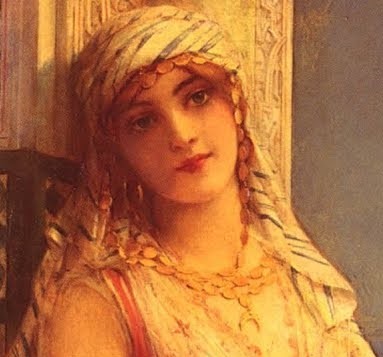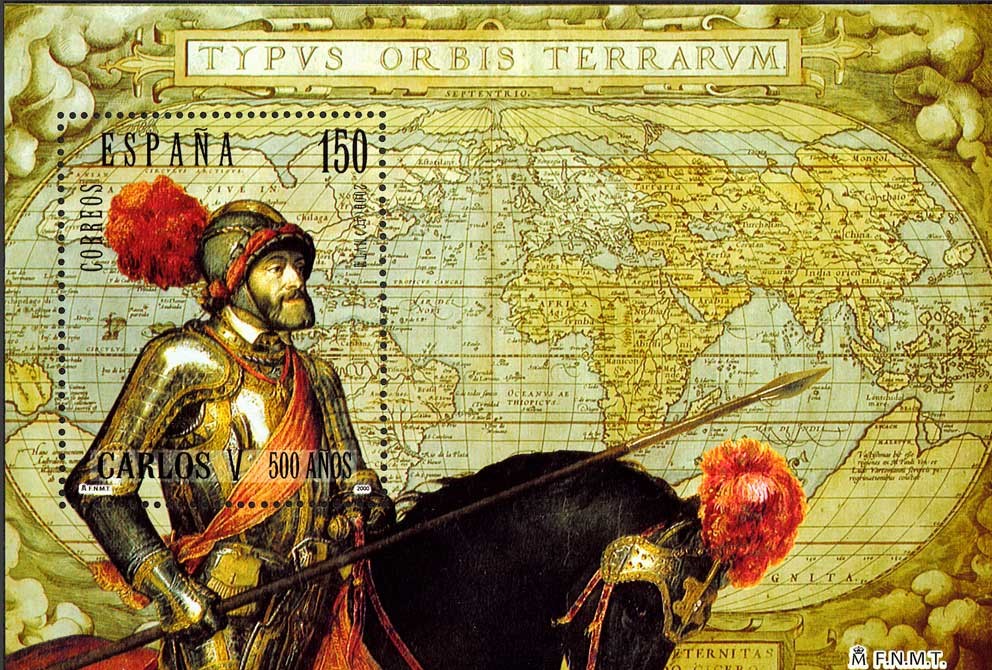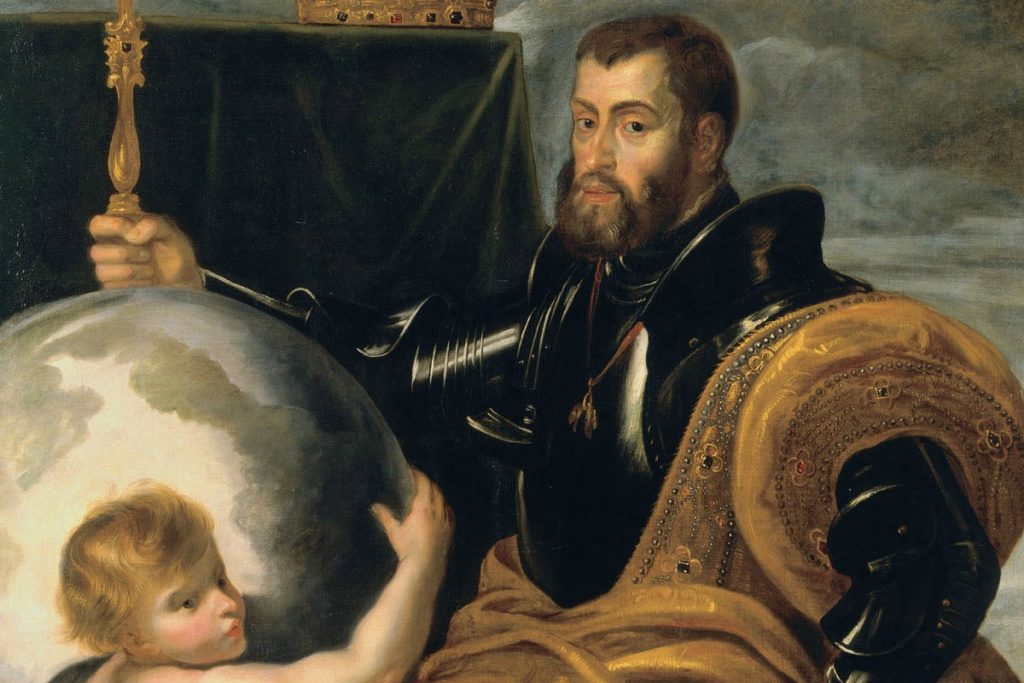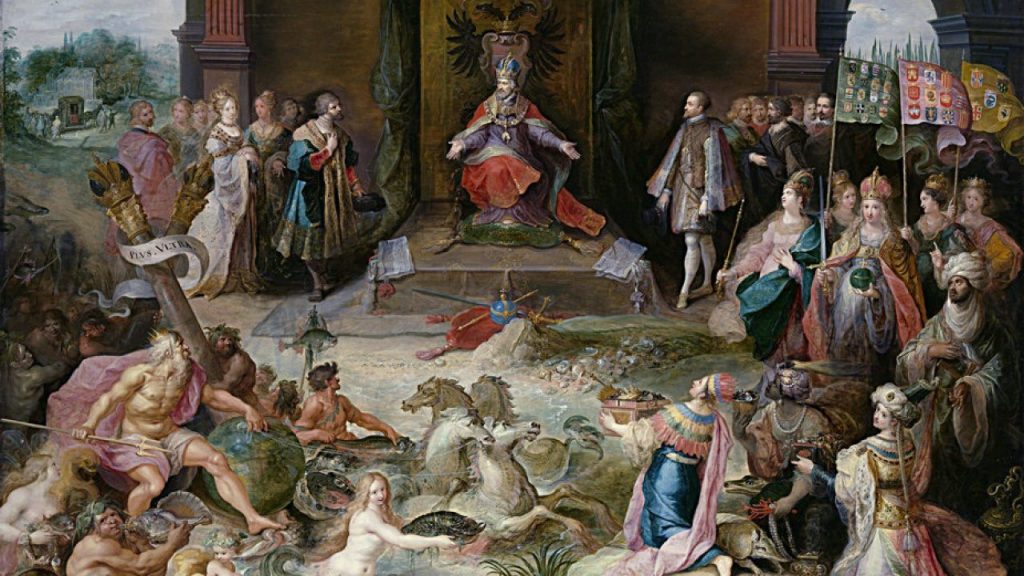The Nasrid Court must have housed a mosaic of women who, from their considerable ethnic, social, physical and cultural differences, filled the many corners and spaces of the Alhambra with diversity and color, from Arab women to imported women as concubines.
The first group in the Nasrid female world was made up of the “legal wives” of the dynasty and was made up exclusively of those women belonging to the royal family itself who were married to emirs of the lineage. These legitimate women were the so-called free women.

The legitimate Nasrid wives were generally paternal cousins of the sovereign in question, since in the Kingdom of Granada the modality of marriage between cousins was practiced with customary frequency.
The first reason that motivated this union was of an economic nature, since the marriage between cousins allowed to maintain the properties within the own family. There are several cases of marriages of emirs with paternal cousins in the Nasrid family environment such as Muhammad I, the founder of the lineage himself.
But an aspect of vital importance in this marriage and especially in the woman to be able to contract marriage, is that of her virginity.
In fact, the Qur’an highlights this quality as desirable, not to say imperative. This chastity was related to her modesty and for that reason, they should always be veiled, hidden from the sight of others except that of her husband and that of her non-prohibited relatives, being considered a symbol of respectability.
“… Tell the believers to look down modestly, to be chaste and show no more adornment than those in sight, to cover their cleavage with the veil and not to display their adornments but to their husbands”
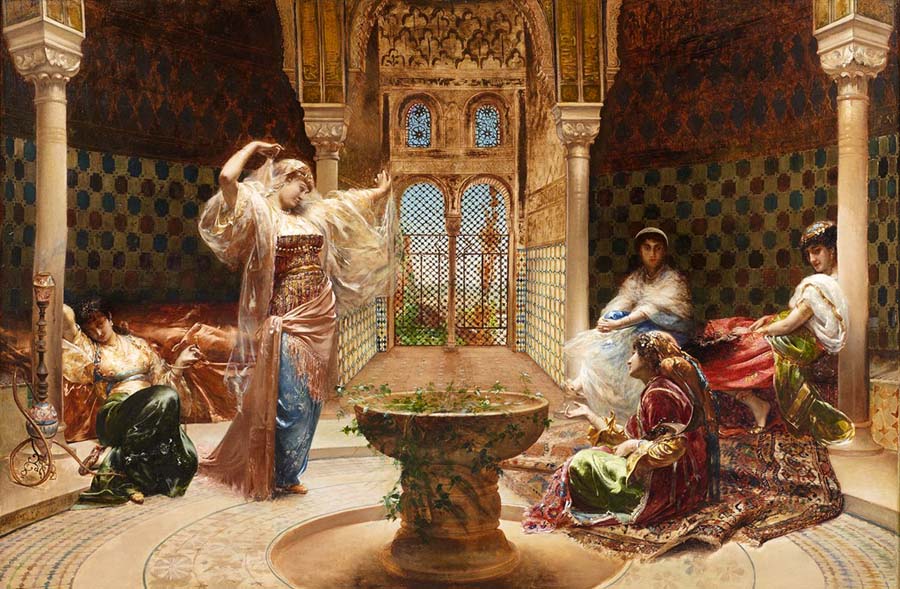
But along with the women of Nasrid blood, it is also known that there were slaves and concubines. In fact, the Qur’an alludes to slaves.
Let us not forget the fact that the Arab people consider themselves the son of Hagar, Abraham’s concubine slave, whose son Ishmael, is had by the Arabs father, while Isaac, Abraham’s other son along with his free wife Sarah, it is historically the ancestor of the Hebrew people. Abraham etymologically means “father of many peoples”.
But it should be noted that Hagar was not the true name of this Egyptian concubine, but her nickname. Hagar means the “estranged” due to exile and abandonment by Abraham at the request of his free wife Sarah.
In this culture, educating, freeing and marrying a slave by her master entailed a double heavenly reward and for this, the slave trade flourished in Al-Andalus.
Beautiful, blonde women of European origin could achieve the status of a legitimate woman, but there were also black slave women of African origin highly regarded as good cooks and excellent concubines.
The presence of foreign maids and women, so different in origin, was necessary as a reflection of the economic prosperity of the Nasrid court. Owning slaves of whatever genre was a sign of economic well-being and high position. Luxury increases the strength of a dynasty and women were a fundamental factor in its display, exercising a function that could be described as ornamental among both legitimate women and concubines.
Among the unfree women, there were the slaves turned into concubines – mothers of the Nasrid dynasty and those who, on the contrary, were only used for domestic service or entertainment in the Alhambra.
But the Nasrid sultans confirm the taste for Christian women. And for them, the only way out to freedom was conversion to Islam and motherhood was the means that allowed them, therefore, to climb the social pyramid of the harem and even within the dynasty. As is evident, the great hope of these concubines was not only to have a child, but also to become the mother of the future sultan. And this privilege was actually achieved by some concubines of the Alhambra.
But as was to be expected, free women, that is, legitimate wives, were logically the strongest opponents of concubinage, as they became the greatest victims of such a situation.
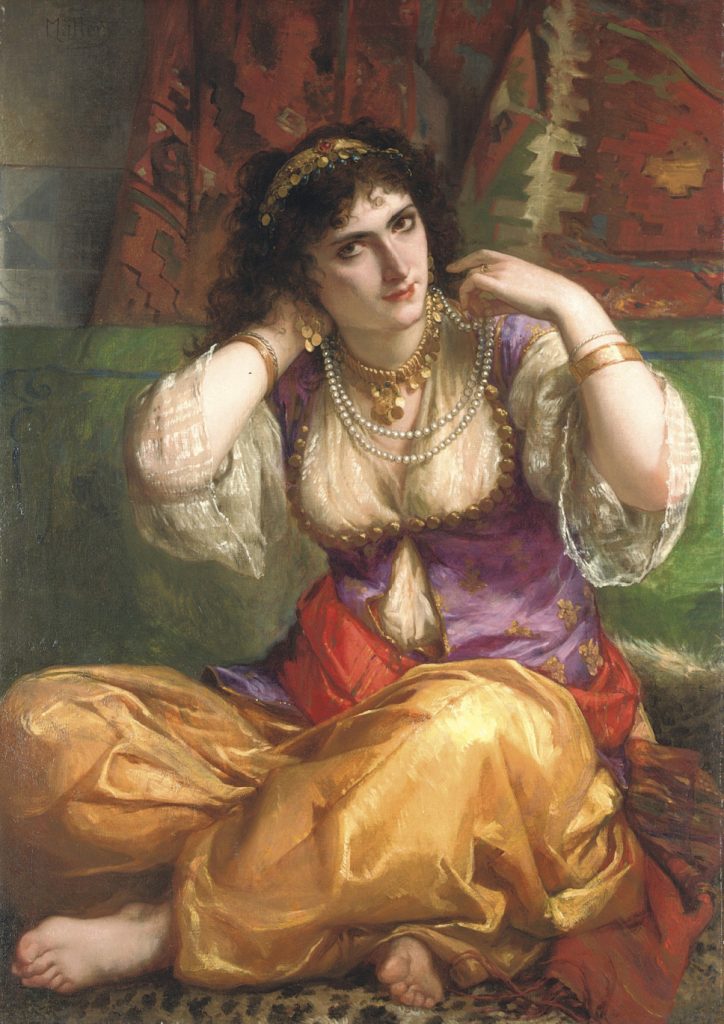
Along with the concubines of Christian origin, some of whom ended up being sultanas of the Alhambra, there were also other types of slaves in the Nasrid court, employed only for domestic service as cooks, waiters, midwives, doctors and nurses. And it should be noted, among the servants of the Alhambra, there were some women of color.
But it is also worth highlighting another third type of slave alongside concubines and women of color destined for domestic service. These were the singing and dancing slaves dedicated to entertainment and entertainment.
And the slaves of Granada in the Nasrid period excelled in the art of dances with kerchiefs and sabers, decked out with costumes and dressings, and other games, with which they showed their skills. Because they are so versatile, these women were therefore the most expensive.
And among all these concubines, the great favorite par excellence, in the history of the Nasrid dynasty, was Soraya, the second wife of Emir Muley Hacen.
Would you like to know Soraya’s story?



